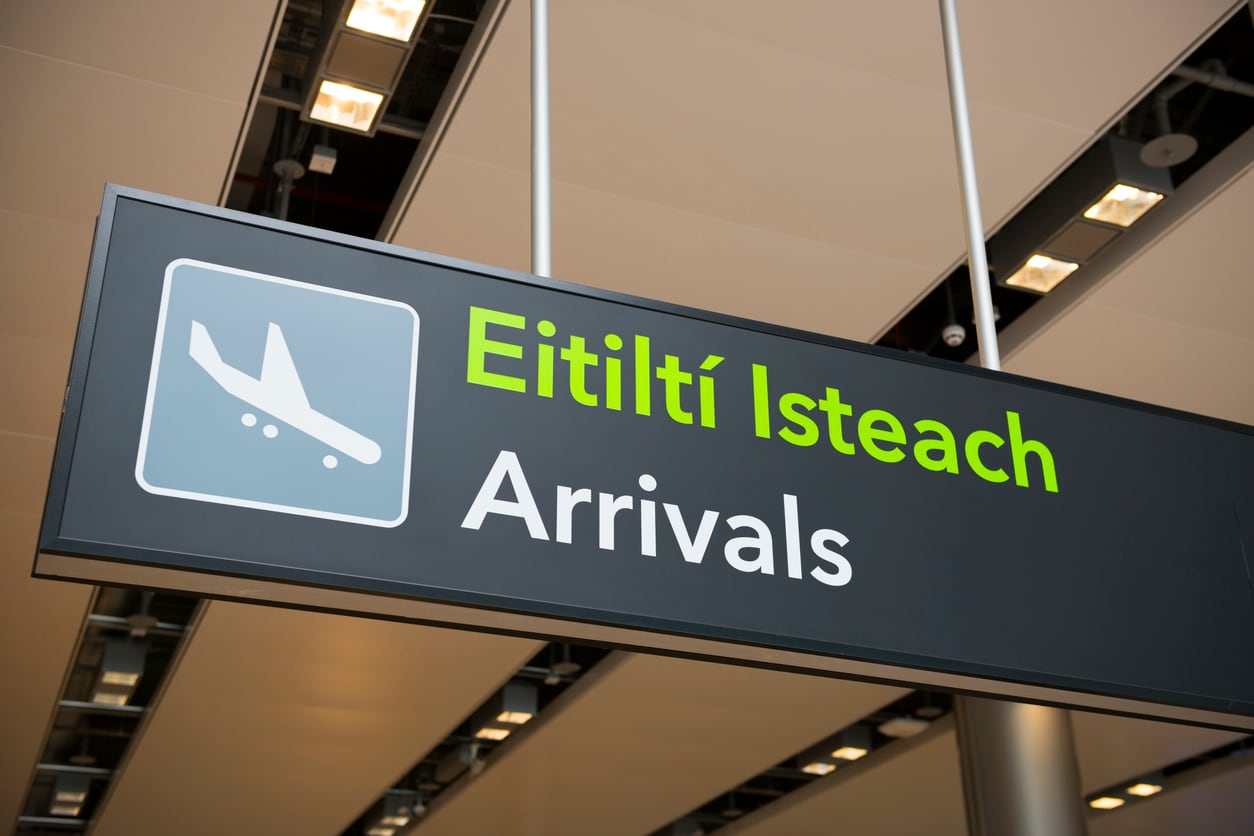The State may have to close the Citywest refugee processing facility temporarily to new entrants in spring amid a potentially significant shortfall in available accommodation.
Government Ministers are preparing for a scenario whereby the same number of refugees may arrive into the country this year as the nearly 70,000 that came in 2022.
There is also a significant shortfall of accommodation predicted for international protection applicants, separate to those fleeing the war in Ukraine.
A senior Government source said the State cannot guarantee that accommodation will be found for all and that it is very possible that the Citywest processing facility could be closed to new applicants for a time, as was the case over Christmas.
RM Block
A range of modelling scenarios have been presented to the Government as Ministers attempt to forecast the projected number of arrivals this year.
Most modelling scenarios operate on a two- or three-month basis, and these figures are then extrapolated to give a possible scenario for a full year.
According to modelling completed towards the middle of December, an extra 19,450 refugees could arrive by the end of March, which would be the equivalent of about 1,220 a week.
If this pattern held for the rest of the year, the total number of arrivals in 2023 could reach 65,000, broadly the same as the number of refugees the Government was accommodating at the end of 2022.
The modelling assumes that 85 per cent of new arrivals would need accommodation. On this basis, there could be a potential shortfall of about 8,000 beds by March, even if 2,000 modular homes are completed and another 3,213 new spaces are available in refurbished accommodation..
Some 1,500 existing spaces being used for international protection will no longer be available in the coming months, leading to a potential shortfall of more than 6,000 spaces by spring.
A senior source cautioned that the figures were highly volatile and difficult to predict, as there has been a huge fluctuation in the number of arrivals over Christmas and in the immediate aftermath.
“If you look at the last seven days of people coming in under the temporary protection directive, at the moment that is about 80. The issue is that it fluctuates a lot. At the peak in December it was up to about 200 arrivals a day. Then, at the lowest point this month it was about 50 per day, just for Ukrainians,” the source said.
“We put out a statement about a week before Christmas saying that it would be challenging and that if it was safe to stay where you are, please do so. It is not entirely clear how it is going to go over the next couple of months.”
A significant additional complication this spring is that about 900 hotel beds are due to revert to tourism purposes, so the Department of Children will also need to find spaces for these people as well as new arrivals.
“The use of hotels was the only lever when this first happened. But it doesn’t work for the State because it is expensive, the contracts are ending and it is not suitable accommodation,” the source said, adding that there is a huge impetus on Government to begin buying buildings and refurbishing them for long-term use.



















